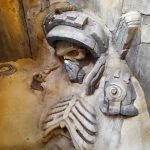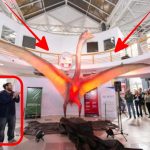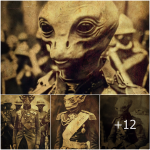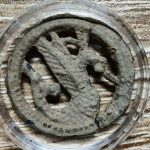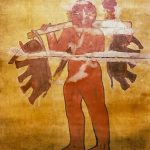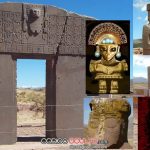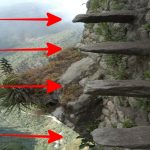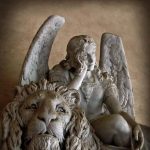Ancient Near Eastern and Mesopotamian Civilizations

Elamites (3300-539 BC)
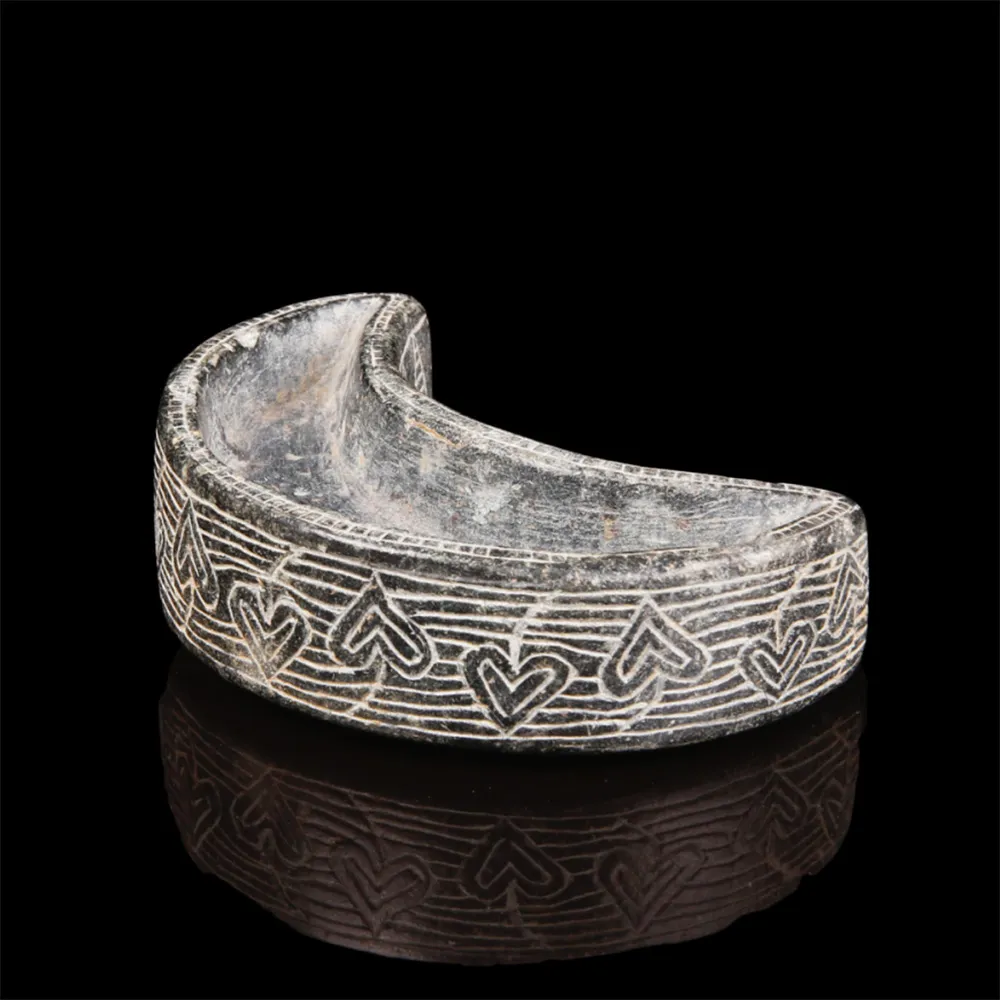 Famous for their destruction and invasion of the Sumerian civilisation to their west, the Elamites were a pre-Iranian civilisation that occupied Western and South-western Iran. Devotional statuettes of rulers were a common form of Elamite art. These metal and stone figurines were intended to depict ritual actions, actions that would be eternally enacted due to the permanent nature of the statuette, which would confer onto the devotee the enduring auspices of the deity. Stone seals and cosmetic dishes were other common forms of decorative art. The well defined style of seal engravings which relate to specific time periods allow us to accurately date Elamite art as the iconographic motifs and characteristics of style can be observed across all forms of production from the same period.
Famous for their destruction and invasion of the Sumerian civilisation to their west, the Elamites were a pre-Iranian civilisation that occupied Western and South-western Iran. Devotional statuettes of rulers were a common form of Elamite art. These metal and stone figurines were intended to depict ritual actions, actions that would be eternally enacted due to the permanent nature of the statuette, which would confer onto the devotee the enduring auspices of the deity. Stone seals and cosmetic dishes were other common forms of decorative art. The well defined style of seal engravings which relate to specific time periods allow us to accurately date Elamite art as the iconographic motifs and characteristics of style can be observed across all forms of production from the same period.
Babylonians (1859-539 BC)
 After the fall of Sumer to the Elamites at the turn of the second millennium BC, the Amorites (“westerners”) began to migrate from the Levant to southern Mesopotamia and would eventually form the Babylonian Empire. A common form of art during this time are the ceramic plaques, found in both religious and private settings, suggesting that art was available to a wide audience. These plaques have depicted priests and worshippers alike, but the strongest emphasis in depictions is on the piety of the kings. A second common form of art are the stone seals that had been used since the 4th millennium BC. Used as a means of officiating authenticity, these seals combined imagery and inscriptions of a religious nature, with either scenes of deities of mythical figures, or devotional practices within the real world.
After the fall of Sumer to the Elamites at the turn of the second millennium BC, the Amorites (“westerners”) began to migrate from the Levant to southern Mesopotamia and would eventually form the Babylonian Empire. A common form of art during this time are the ceramic plaques, found in both religious and private settings, suggesting that art was available to a wide audience. These plaques have depicted priests and worshippers alike, but the strongest emphasis in depictions is on the piety of the kings. A second common form of art are the stone seals that had been used since the 4th millennium BC. Used as a means of officiating authenticity, these seals combined imagery and inscriptions of a religious nature, with either scenes of deities of mythical figures, or devotional practices within the real world.
Hittites (1600-1178 BC)
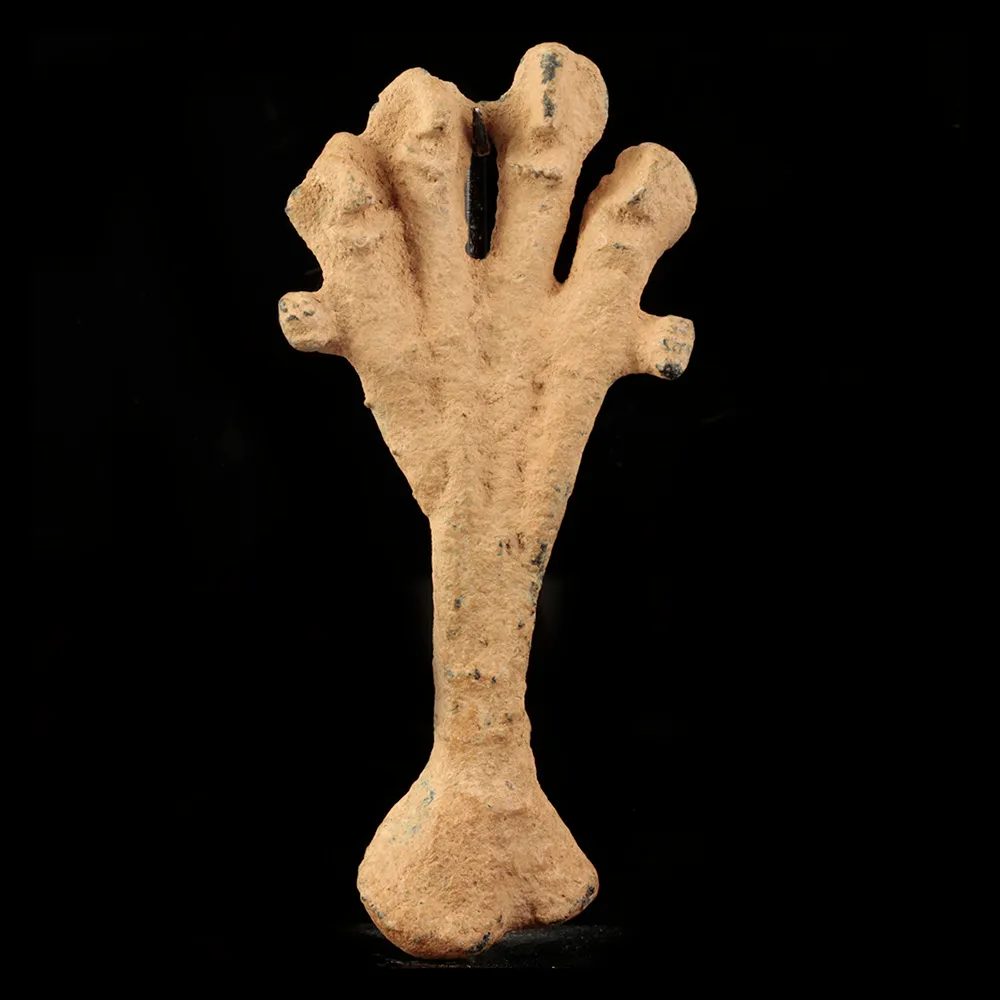 The Hittites were an Anatolian people that established an empire in central Anatolia (modern Turkey) around 1600 BC, lasting until 1178 BC. For such a large and prosperous empire there are comparatively few remains of Hittite art, but what does remain is of impressive style and quality. At its heart Hittite art focused on depictions of deities and on worship and devotional practices but there are also numerous, non-religious themed depictions, including hunting scenes and representations of animals. The art produced by Hittite sculptors, made using a potter’s wheel as well as free sculpting, was fairly simple in form and focused on its utility and function within its ritual settings.
The Hittites were an Anatolian people that established an empire in central Anatolia (modern Turkey) around 1600 BC, lasting until 1178 BC. For such a large and prosperous empire there are comparatively few remains of Hittite art, but what does remain is of impressive style and quality. At its heart Hittite art focused on depictions of deities and on worship and devotional practices but there are also numerous, non-religious themed depictions, including hunting scenes and representations of animals. The art produced by Hittite sculptors, made using a potter’s wheel as well as free sculpting, was fairly simple in form and focused on its utility and function within its ritual settings.
Assyrians (2600-609 BC)
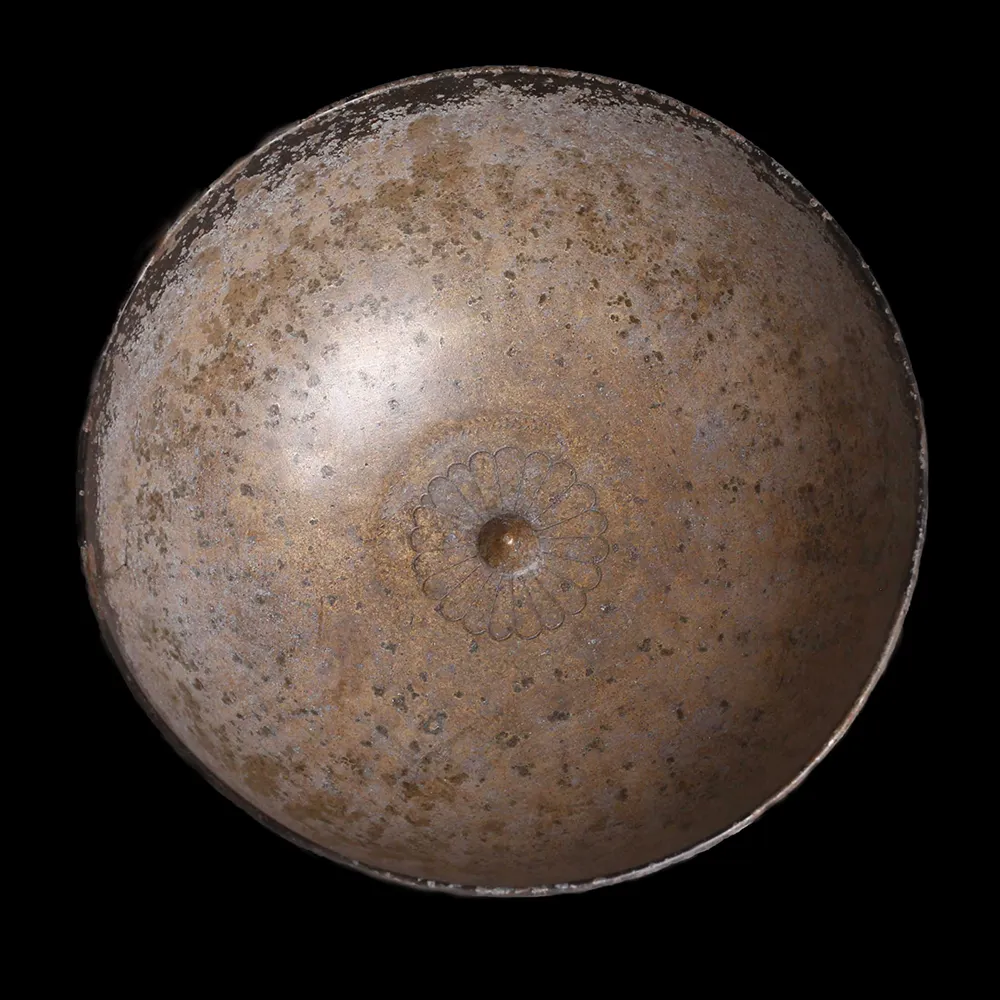 At around 1500 BC, a distinctive Assyrian artistic style began to emerge, one that had a clear characteristic that distinguished it from the Babylonian style that was dominant at the time. However, it is the art of the later, Neo-Assyrian Empire, 911 – 612 BC, that is best known. This period produced art that shows a clear concern for militarism, with stone relief sculptures depicting conqueror-kings and wars that coincided with the successive campaigns of the rulers who were eventually able to conquer even Egypt. The kingly sport of lion hunting was also a favoured theme for Assyrian art, and one in which the animal forms are afforded a magnificent amount of detail, more so that the human forms that are comparatively rigid and less detailed. This ancient sport was such an important symbol of Assyrian kingly power that it was also depicted on the royal seal, stone obelisks and bronze bands that decorated monumental gates.
At around 1500 BC, a distinctive Assyrian artistic style began to emerge, one that had a clear characteristic that distinguished it from the Babylonian style that was dominant at the time. However, it is the art of the later, Neo-Assyrian Empire, 911 – 612 BC, that is best known. This period produced art that shows a clear concern for militarism, with stone relief sculptures depicting conqueror-kings and wars that coincided with the successive campaigns of the rulers who were eventually able to conquer even Egypt. The kingly sport of lion hunting was also a favoured theme for Assyrian art, and one in which the animal forms are afforded a magnificent amount of detail, more so that the human forms that are comparatively rigid and less detailed. This ancient sport was such an important symbol of Assyrian kingly power that it was also depicted on the royal seal, stone obelisks and bronze bands that decorated monumental gates.
Syro-Hittites (1178-700 BC)
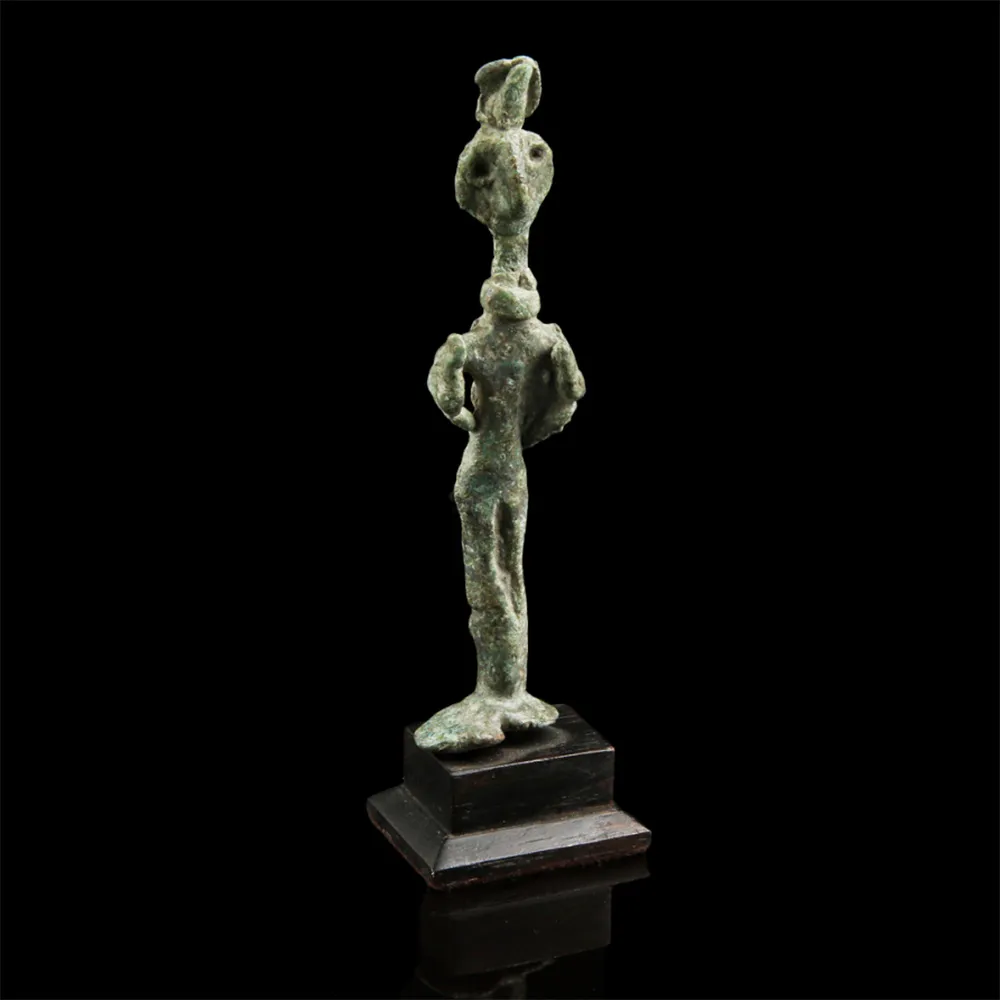 After the breakdown of the Hittite Empire during the Late Bronze Age collapse, it fragmented into a number of minor states, collectively known as the Syro or Neo-Hittites. Continuing the trends in art of the former empire, these forms were increasingly mixed with Aramaic, Assyrian and Syrian Bronze Age influences to create a distinctive style. A common form of their art was the bronze, stone and terracotta votive figures and idols that were placed in temples or private homes as a means of gaining favour with certain deities, although these figures did not represent the cult images themselves.
After the breakdown of the Hittite Empire during the Late Bronze Age collapse, it fragmented into a number of minor states, collectively known as the Syro or Neo-Hittites. Continuing the trends in art of the former empire, these forms were increasingly mixed with Aramaic, Assyrian and Syrian Bronze Age influences to create a distinctive style. A common form of their art was the bronze, stone and terracotta votive figures and idols that were placed in temples or private homes as a means of gaining favour with certain deities, although these figures did not represent the cult images themselves.
Parthians (247 BC – 224 AD)
 The Parthian Empire is notorious as being one of Rome’s arch-rivals, and spent centuries at war with the European empire. Parthian art is another example of the amalgamation of the numerous cultures that came under Parthian rule, most notably the Persians and the Hellenistic descendants of Alexander the Great’s reign. One defining characteristic of Parthian relief sculpture is the frontal depiction of the figures and a high level of intricate detail being applied to the clothing and textiles of the figures. The wealth obtained from the trade routes that passed through their territory resulted in a massive patronage in the arts, particularly in the form of statutory, jewellery, relief sculpture, metalwork, coins and ceramics.
The Parthian Empire is notorious as being one of Rome’s arch-rivals, and spent centuries at war with the European empire. Parthian art is another example of the amalgamation of the numerous cultures that came under Parthian rule, most notably the Persians and the Hellenistic descendants of Alexander the Great’s reign. One defining characteristic of Parthian relief sculpture is the frontal depiction of the figures and a high level of intricate detail being applied to the clothing and textiles of the figures. The wealth obtained from the trade routes that passed through their territory resulted in a massive patronage in the arts, particularly in the form of statutory, jewellery, relief sculpture, metalwork, coins and ceramics.
